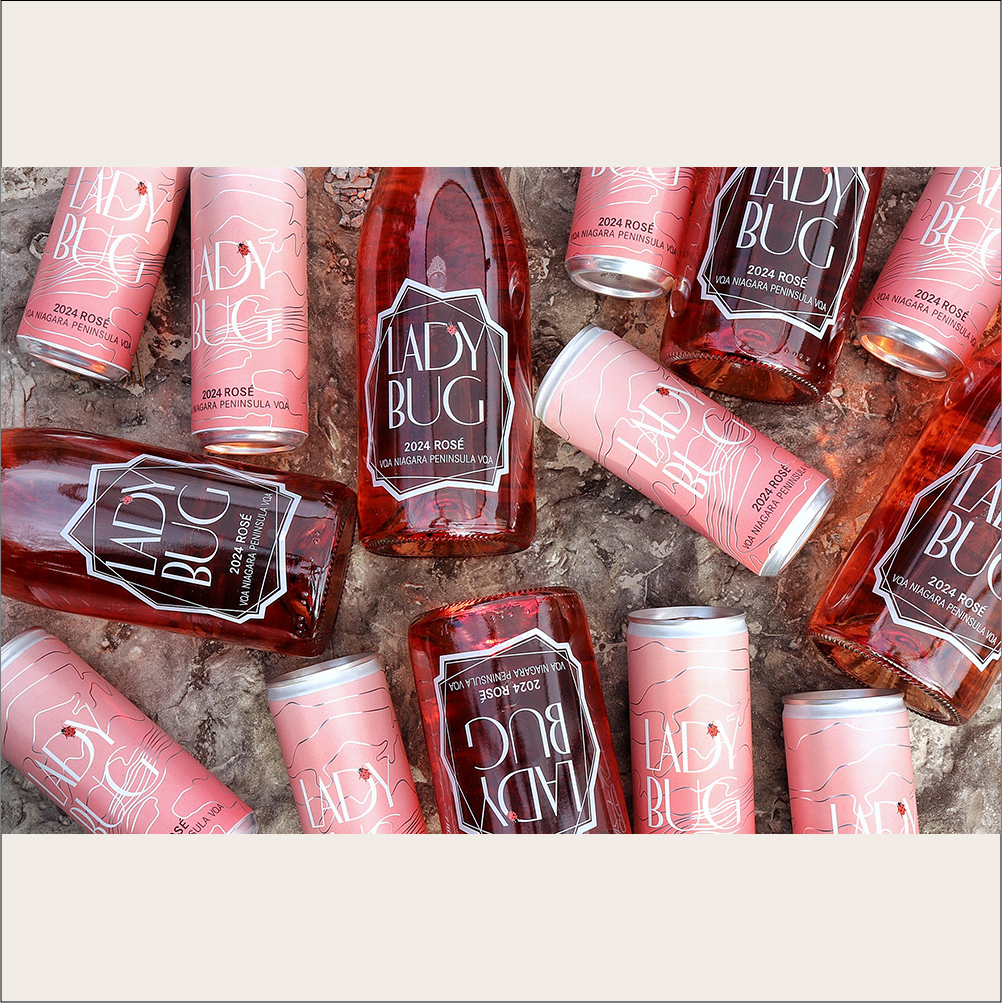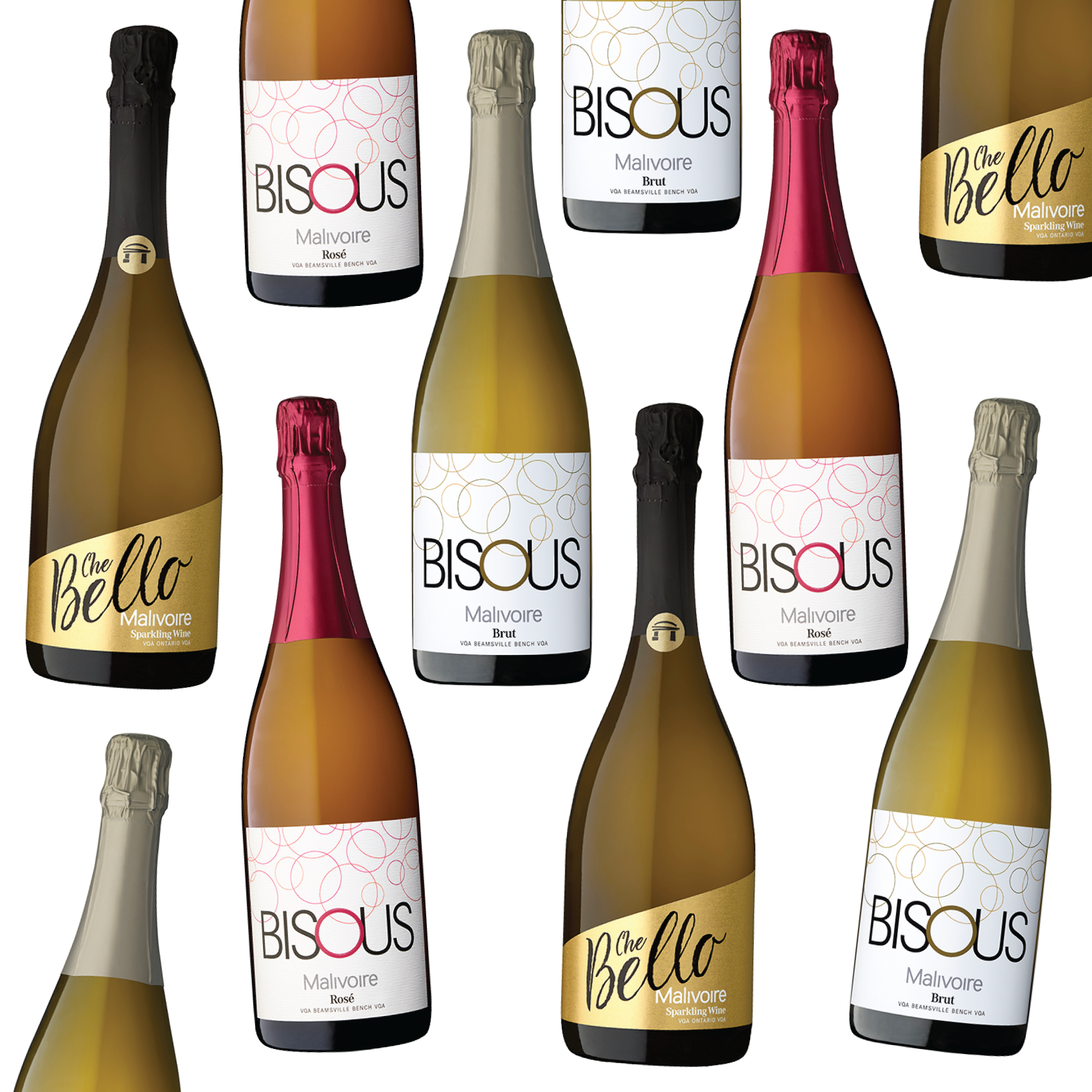Earthlings Report - Energy Management
Written by: Johanna Cornelissen
Energy management at Malivoire is a critical component to our sustainable practices as it touches all areas of the business, from vineyard management, vinification, cleaning/sanitation, cooling/heating, lighting, bottling, packaging, retail and office management. Thus, managing our energy consumption not only reduces our overall carbon footprint, but it can also lead to significant savings by lowering operational costs and utility bills, which can then be reinvested into other areas of the business.
The following are some of the practices that Malivoire has adopted to manage our energy consumption.
The first step in any energy management program is to understand what our energy consumption is. At Malivoire, we conduct an annual audit to assess our energy usage patterns, compare our results to previous years, identify inefficiencies and pinpoint areas for improvement. This information sets the foundation for our goals and strategic plan.
The building design of the winery and barrel cellar play a big role in our energy consumption. As most of you are aware, Malivoire was designed as a gravity flow winery, the first in Ontario. What this design offers, is a reduction in energy usage as gravity helps move the wine through the winemaking process rather than pump. This process not only consumes less energy, but also offers a gentle touch when moving the wine. The barrel cellar at the winery is semi-submerged into the bedrock. This offers a geothermal effect, moderating the temperature by cooling in the summer and heating in the winter, thus reducing the amount of energy required to heat and cool the cellar.

It is estimated that in US wineries, anywhere from 8 to 20% of electricity consumption comes from lighting[1]. This is an outstanding statistic and as you can imagine, making improvements in this area can lead to significant savings. At Malivoire, lights have been replaced with LED lighting which offers more energy efficiency and improves the lifespan of the lightbulbs. In addition, an easy but very effective practice is to turn lights on/off in the areas only when required. In addition, at the end of each day, all lights are turned off within the winery. It has been estimated that these simple practices can result in savings anywhere from 30 to 75% of the total lighting energy cost[2].
Our vineyard management practices also have an impact on energy management. Each of our tractors have energy efficient engines installed to reduce emissions. Also, each tractor has individual microchip tags so we can measure diesel usage with the intent to maximize efficiencies in order to minimize consumption. Our low intervention practices in the vineyard such as cover crops, low tillage, and biodiversity of insects and plants, assists in vineyard maintenance that reduces the amount of tractor usage required.

Finally, process improvements in the winery also have a positive impact on our energy consumption. Improvements in process efficiencies, water management, bottling and packaging reduce the amount of energy consumed throughout these processes, saving not only time but dollars as well.
In conclusion, energy management touches upon all aspects of winemaking, thus it can’t be addressed in isolation. By implementing sustainable practices in all areas including vineyard management, winemaking and bottling and packaging, the consumption of energy will naturally be addressed. The result of these practices will reduce operational costs as well as minimize our environmental impact that which will support the long-term sustainability of the Malivoire Wine Company.
[1] Retrieved from https://esource.bizenergyadvisor.com/article/wineries
[2] ibid





